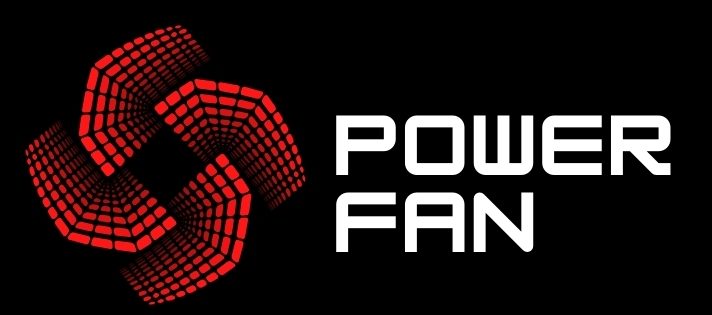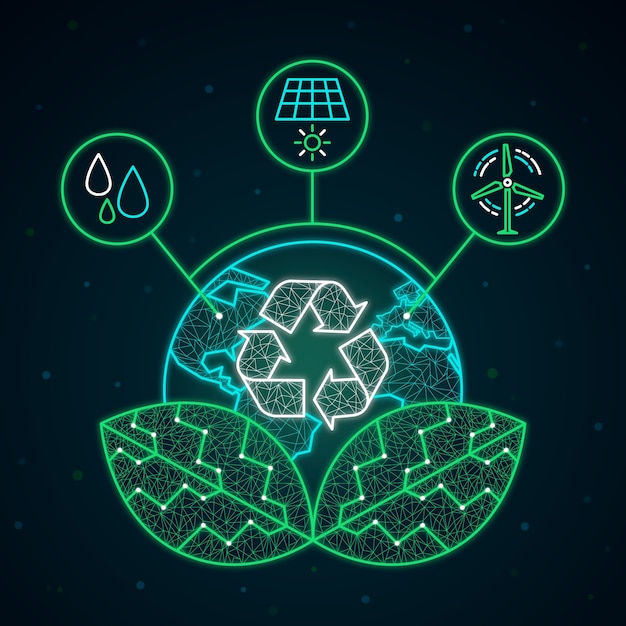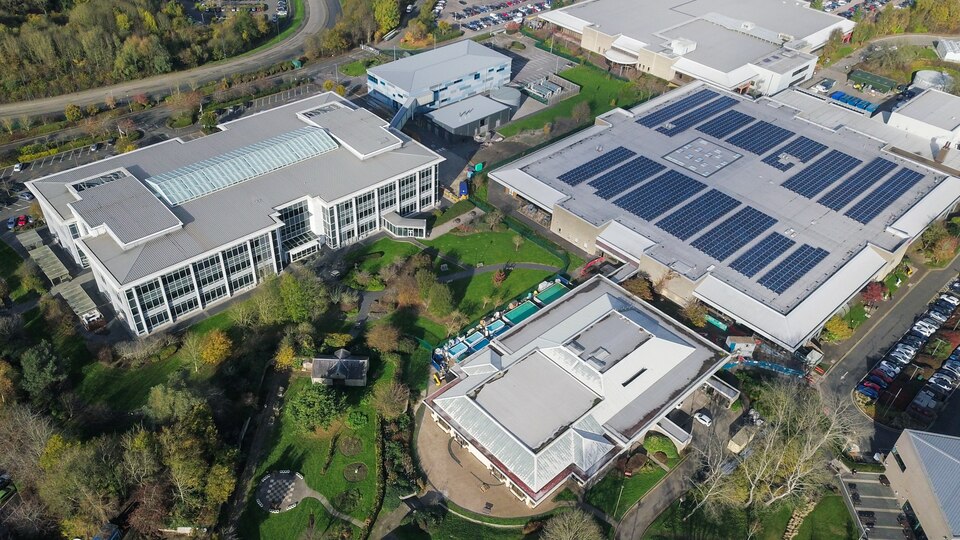With the age of environmental awareness, the recuperation of lost heat energy is a scientific and practical necessity. Forced-air furnaces, which are commonly used in cold climates, have a tendency to vent unused heat which would otherwise be beneficial. This blog covers the fundamental thermodynamic concept of heat recovery systems and how smart energy conversion transforms passive heat into active electricity. We examine energy recovery technology, heat transfer devices, and the potential for combining these innovations into residential systems that can redefine the utilization of renewable energy. Energy savings methods of the past use insulation or temperature control, but intelligent systems now go beyond conservation—active reuse is achievable. Some of the more recent innovation along these lines is Power Fan, which illustrates these principles by capturing otherwise wasted furnace heat in stored electrical energy.
Principles of Thermodynamics in Home Energy
The thermodynamic principles govern the motion and transformation of energy, particularly in systems that produce and distribute heat. Most heating systems employed in dwellings rely on the first law of thermodynamics: energy conservation since energy cannot be created or destroyed but only transferred (Çengel & Boles, 2015). The greater part of the thermal energy generated in the systems escapes through vents or ducts, and this is a form of wasted heat.
This waste heat is normally lost to poor energy conversion, where more of the heat from the produced energy is wasted in heating a space. Instead of doing nothing, modern energy systems now attempt to harness waste heat and reuse it. Smart devices now employ thermoelectric generators that harvest electricity from temperature differences, with direct use of the Seebeck effect proven (Rowe, 2018).
Heat Recovery Systems in Residential Buildings
Heat recovery systems have been used in industrial processes for decades, but domestic buildings only began to use them relatively recently. The primary advantage is that these systems do not require additional fuel to be used; they simply maximize what is already being produced (Kosny, 2015). Thermal energy from furnace exhaust can be redirected through specialized exchangers that either store or redirect it into something else, such as water heating or electricity production.
One of the innovative methods is applying mini energy recycling units placed within furnace ducts. Small-scale turbines and heat exchangers in these systems transfer wasted heat to become kinetic or electric energy. Therefore, energy conversion becomes integrated within an overall strategy and not by itself.
Smart Sensors and Adaptive Energy Control
In addition to the physical hardware, intelligent energy control lies at the core of heat recovery optimization. New systems include sensors that monitor thermal energy streams in real time and dynamically redirect the recovery or diversion paths. This maximizes overall energy conversion by directing power where it is needed most—either to storage, lighting, or backup systems (Kosny, 2015).
Wasted heat recovery becomes most effective when paired with AI-based energy recycling algorithms. They predict peak demand, monitor furnace production, and redistribute energy dynamically. As an example, during off-peak usage, recovered energy can be stored in batteries or power banks. In peak usage, the system adjusts so that direct consumption occurs, reducing grid dependency (IEA, 2023).
These technologies facilitate continuous adaptation based on weather, occupancy, and usage patterns. The result is not just savings, but proactive energy behavior. Solutions like Power Fan demonstrate this change, combining smart sensing and AI-based energy recycling into forced-air furnace designs.
Sustainability, Efficiency, and Long-Term Impact
Long-term benefits of intelligent energy recycling go far beyond mere money savings. They are the solution to achieving net-zero emissions targets. The International Energy Agency estimates that integrating thermal energy recovery in household heating could cut CO₂ emissions by 20–30% in cold conditions (IEA, 2023). This is especially important in nations like Canada where heating during winter months dominates energy demand.
Successful energy conversion decreases dependence on external sources of power and reduces energy grid load in the region. Moreover, waste heat reduction can improve indoor air quality by minimizing thermal pollution, especially in heavily urbanized communities. Sustainable energy design isn’t so much about renewable energy—it’s about closing system loops that already exist (Kosny, 2015).
By using scientific knowledge of thermal energy systems and integrating them with sophisticated electronics and materials, we build not just smart homes but smart energy systems. Ideas such as Power Fan demonstrate how even quite simple solutions can get existing infrastructure in line with climate-sensitive goals.
Future Innovations in Heat Recovery and Conversion
With the growing technology, the future of heat recovery and energy conversion holds even more promise. Researchers are also developing nanomaterials and advanced thermoelectrics that can be used to significantly enhance the efficiency of energy conversion processes. Nanostructured materials are being found highly promising in increasing the thermoelectric efficiency of heat recovery devices (Rowe, 2018), enabling them to be able to convert even negligible temperature gradients to useful power. This would further enhance efficiency for devices like Power Fan, smaller, more integrated, higher performance, lower energy consuming systems.
Yet another significant innovation is the development of heat pipes and phase change materials (PCMs) capable of storing and releasing thermal energy in controlled conditions. Such materials can be integrated into energy recycling systems to help achieve more efficient storage of recovered heat, making it available on demand for heating, cooling, or power generation.
Conclusion
Reimagining residential energy systems through the lens of thermodynamics offers more than efficiency—it offers transformation. What was once seen as wasted heat is now viewed as untapped thermal energy potential. Smart homes of the future won’t just conserve—they’ll produce, adapt, and evolve (Çengel & Boles, 2015).
From the principles of energy conversion to the application of energy recycling systems, this shift exemplifies a new era of science-driven sustainability. By implementing solutions that leverage existing infrastructure rather than replace it, we make sustainability accessible, affordable, and immediately impactful.
Power Fan stands as a bridge between science and everyday use. By enabling households to reclaim and repurpose furnace heat, it turns theoretical knowledge into tangible results. And in doing so, it helps homes become not just places of comfort—but agents of environmental change




